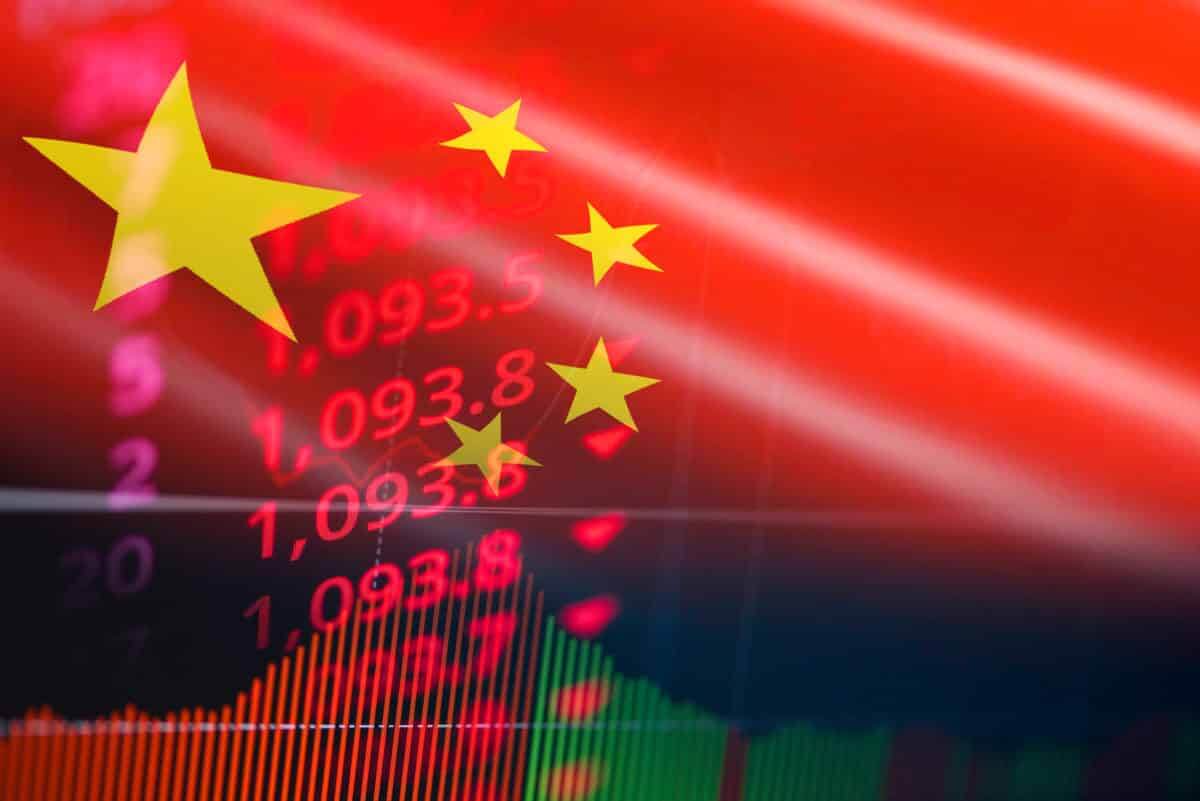
Stock Prices Fall, China’s Poor Data Fuels Recession
After shockingly bad statistics from China highlighted the profound harm lockdowns are doing to the world’s second-largest economy, Asian stock markets and energy prices fell on Monday.
April retail sales in China fell 11.1 percent year on year, almost double the loss predicted, while industrial production fell 2.9 percent, despite economists expecting a tiny uptick. EURO STOXX 50 and FTSE futures both fell 0.3 percent in Europe. S&P 500 stock futures were down 0.6 percent, while Nasdaq stock futures were down 0.5 percent. Both are down from last year’s highs, with the S&P down for the sixth week in a row. Those hoping for a rate decrease were similarly disappointed by China’s central bank. However, Beijing did authorize a further cut in mortgage loan interest rates for select property purchasers on Sunday.
Halted Growth
Monday’s figures overshadowed the announcement that Shanghai planned to reopen extensively and enable regular life to resume on June 1. In response, Chinese blue chips fell 0.8 percent. In contrast, commodity currencies fell, led by the Australian dollar, frequently seen as a liquid proxy for the yuan. Following a 2.7 percent drop last week, when it touched a two-year bottom, MSCI’s broadest index of Asia-Pacific shares outside Japan regained early gains to remain flat. A weaker yen aided exporters; however, Japan’s Nikkei clung to gains of 0.5 percent after losing 2.1 percent the previous week.
Consumer confidence in the United States fell to an 11-year low in early May; the reason behind this was sky-high inflation and increasing interest rates, raising the stakes for April retail sales, which are due on Tuesday. A hawkish Federal Reserve has pushed financial conditions tighter; this prompted Goldman Sachs to lower its 2022 GDP growth prediction to 2.4 percent from 2.6 percent. Annual growth in 2023 should be 1.6 percent, down from 2.2 percent in 2018. “Our financial conditions index has tightened by more than 100 basis points, implying a 1 percentage point drag on GDP growth,” Goldman Sachs analyst Jan Hatzius said.




